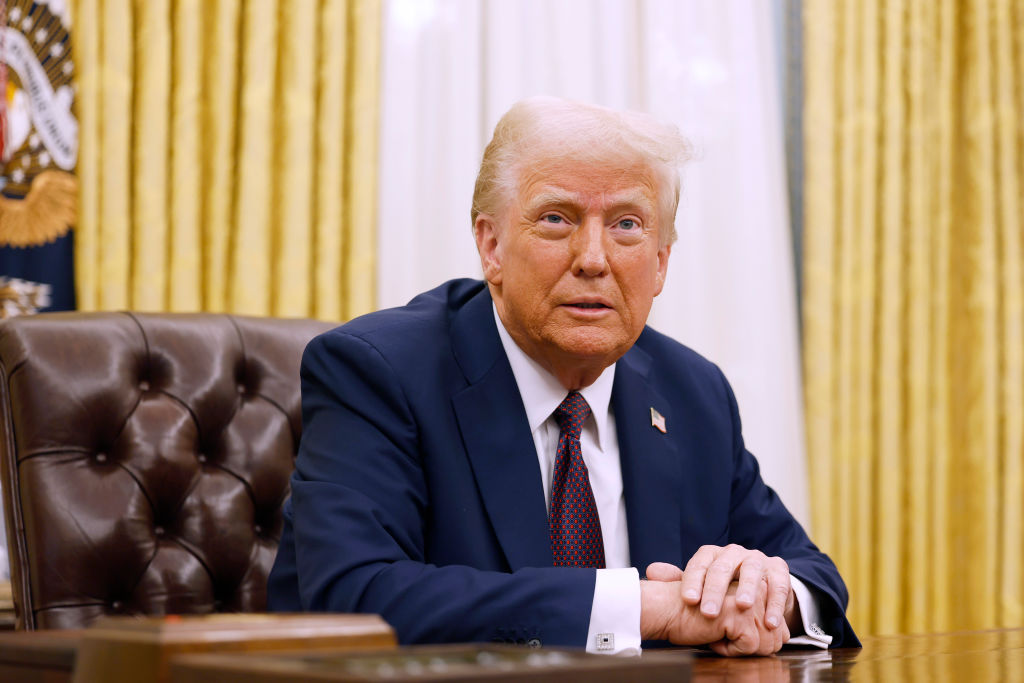The Fed's Risky Inflation Strategy
Can the Fed engineer both low unemployment and low inflation?

Are you kidding me? The Federal Reserve is worried about deflation? Shouldn't the monetary gurus be wary of inflation? Especially in light of the billions in Treasury bonds the central bank has purchased and plans to continue to buy in the coming year? Nope, the Fed says. Odds that a weak economy stuck in low gear will topple into another recession remain too high.
Could happen, says Diane Swonk, chief economist with Mesirow Financial. She points out that inflation, excluding food and energy, is running only about 1.6% annually, according to a yardstick the Fed watches. That's a yellow light, not yet a red one. Says Swonk: "The Fed is desperately trying to learn from the mistakes of other banks, most notably the Bank of Japan, and not tighten too soon."
Japan has suffered through most of the past 20 years with little or no economic growth. In an attempt to avoid a similar lost-decades scenario, Fed Chairman Ben Bernanke is putting the central bank on the more-jobs side of the inflation/employment balancing act. He's willing to tolerate increased prices if that's what it takes to lower the unemployment rate. It's a high-risk strategy, though; history shows few examples of the Fed stepping in at just the right time to nip inflation in the bud. Bernanke & Co. say it will be different this time, that the Fed will keep interest rates at rock bottom, enduring inflation up to 2.5%, but no more, as it strives to bring unemployment down. Now at 7.7%, the national jobless rate the Fed is aiming for is about 6.5%.

Sign up for Kiplinger’s Free E-Newsletters
Profit and prosper with the best of expert advice on investing, taxes, retirement, personal finance and more - straight to your e-mail.
Profit and prosper with the best of expert advice - straight to your e-mail.
Heads turned a few months ago when Bernanke merely said that the Fed wouldn't raise interest rates at the first sign of falling unemployment. He noted that the jobless rate would need to go lower and stay low for some months, but refrained from suggesting a specific rate. Now we know that he had 6.5% in mind.
But what if inflation bubbles up while the jobless rate never hits the Fed's target? What if unemployment barely budges? If, after years of an agonizingly slow, mediocre recovery, inflation threatens to approach 3%, will the central bank boost interest rates amid a chorus of protesting voices that insist we can live with inflation at that level, too?
All in all, setting specific targets is a bad idea, says John Silvia, chief economist with Wells Fargo Securities. "Where's the research that says that the Fed policy can bring about 6.5% unemployment? Or 5%? The number is totally arbitrary."
But setting such a specific target is consistent with Bernanke's efforts to bring transparency to the central bank. With periodic press conferences, town hall meetings and TV interviews, he has tried to explain, for example, why the central bank is well on its way to buying $3 trillion of Treasuries and other long-term debt to prevent the economy from imploding -- a policy that critics say will result in an explosion of inflation.
One thing is clear: Bernanke is pursuing a course that is the opposite of what the Fed did during the 1930s, when tight monetary policy helped turn a recession into the Great Depression and ended up in the history books as a big mistake. "Whatever it takes" has been Bernanke's consistent answer over the past few years to the question of what the Fed will do to shake off vestiges of the last recession. Setting specific unemployment and inflation targets is just the latest tactic. According to Swonk, it’s "an historic move for historic times."
Get Kiplinger Today newsletter — free
Profit and prosper with the best of Kiplinger's advice on investing, taxes, retirement, personal finance and much more. Delivered daily. Enter your email in the box and click Sign Me Up.

-
 Stock Market Today: Stocks Gain on Tech, Auto Tariff Talk
Stock Market Today: Stocks Gain on Tech, Auto Tariff TalkThe Trump administration said late Friday that it will temporarily halt tariffs on some Chinese tech imports.
By Karee Venema
-
 Sam's Club Plans Aggressive Expansion: Discover Its New Locations
Sam's Club Plans Aggressive Expansion: Discover Its New LocationsSam's Club expansion plans will open up to 15 new stores each year. Learn where they plan to open in 2025.
By Sean Jackson
-
 The AI Doctor Coming to Read Your Test Results
The AI Doctor Coming to Read Your Test ResultsThe Kiplinger Letter There’s big opportunity for AI tools that analyze CAT scans, MRIs and other medical images. But there are also big challenges that human clinicians and tech companies will have to overcome.
By John Miley
-
 The New Space Age Takes Off
The New Space Age Takes OffThe Kiplinger Letter From fast broadband to SOS texting, space has never been more embedded in peoples’ lives. The future is even more exciting for rockets, satellites and emerging space tech.
By John Miley
-
 Rising AI Demand Stokes Undersea Investments
Rising AI Demand Stokes Undersea InvestmentsThe Kiplinger Letter As demand soars for AI, there’s a need to transport huge amounts of data across oceans. Tech giants have big plans for new submarine cables, including the longest ever.
By John Miley
-
 What DOGE is Doing Now
What DOGE is Doing NowThe Kiplinger Letter As Musk's DOGE pursues its ambitious agenda, uncertainty and legal challenges are mounting — causing frustration for Trump.
By Matthew Housiaux
-
 A Move Away From Free Trade
A Move Away From Free TradeThe Letter President Trump says long-term gain will be worth short-term pain, but the pain could be significant this year.
By David Payne
-
 Trump’s Whirlwind Month of Crypto Moves
Trump’s Whirlwind Month of Crypto MovesThe Kiplinger Letter The Trump administration wants to strengthen U.S. leadership in the cryptocurrency industry by providing regulatory clarity.
By Rodrigo Sermeño
-
 Donald Trump Tests His Limits
Donald Trump Tests His LimitsThe Kiplinger Letter President Encounters Legal Obstacles in Pursuit of Ambitious Agenda.
By Matthew Housiaux
-
 Another Down Year for Agriculture
Another Down Year for AgricultureThe Kiplinger Letter Farmers brace for falling incomes, widening trade deficits
By Matthew Housiaux